
Pastor misrepresents pro-life position in ‘scientifically illiterate’ defense of IVF
Nancy Flanders
·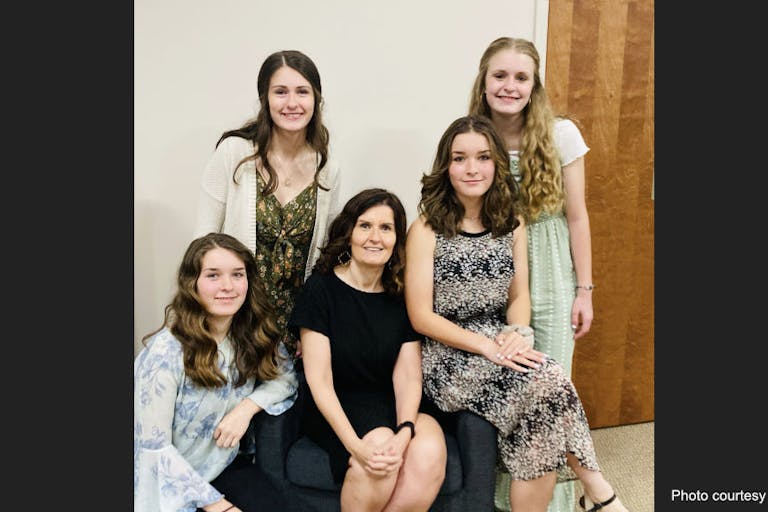
Tabitha’s experiences with infertility and abortion pressure led her to help women in crisis
Since she was 15 years old, pro-life advocate Tabitha Goodling had struggled with troubling menstrual cycles. In 2001, she was newly graduated from college and in a relationship with her future husband, but she was struggling each month with unbearable pain. On September 12, 2001, doctors discovered stage four endometriosis when she underwent laparoscopic surgery.
Goodling told Live Action News, “The endometriosis had become so pervasive that it was found in other parts of my body including my bowel. I felt like everything was falling apart in my life and started grappling with severe anxiety attacks.”
Doctors put her into “remission,” where her cycles stopped, until she married the following year. She was advised to try to start a family immediately. In August, she underwent surgery to remove the nine years of backflow that had accumulated and hardened with each menstrual cycle, and which was the source of the agonizing cramping.
“I had been given medication to help, but it didn’t work, and throughout the years, I just suffered,” Goodling said.
After marrying, Goodling tried for six months to get pregnant, but to no avail.
Goodling said, “We went to a fertility clinic, but discovered that not only were treatments expensive but had a small chance of working. Yet, we decided to give it a try.” (Editor’s Note: Live Action does not support the use of IVF. Read more about this here. However, we believe that all human beings, regardless of their means of conception, have human dignity and value, and are worthy of the right to life. This includes embryos who may die, be destroyed, or remain perpetually frozen as a result of reproductive technologies.)
After one round of IVF treatment, doctors discovered Goodling’s ovaries weren’t producing eggs, and stopped further treatment for a time. When treatment was resumed, her ovaries began producing the necessary number of eggs to produce a pregnancy.
“We were elated when our daughter was born,” Goodling said. “Eighteen months later and much praying, we felt she should have a sibling and decided to again start treatments.”
Because treatments consisted of giving herself shots in the stomach to stimulate her ovaries, Goodling remembers a particularly challenging time when she was battling the “stomach flu.”
Goodling said, “I just couldn’t bear the thought of injecting myself when I was so sick, but I knew it was important to be consistent. Fortunately, my husband did it for me.”
Goodling again became pregnant. This time, however, her hormone numbers were elevated, causing doctors to believe that she might be carrying a child with Down syndrome. But when she underwent her first ultrasound at seven weeks, two heartbeats were detected.
“We didn’t want to tell anyone at the time, because we didn’t know how it would all work out,” Goodling said. “Furthermore, doctors noticed that one twin was larger than the other; we were told about the possibility of a ‘vanishing twin syndrome’ occurring in my pregnancy, which was concerning.”
When Goodling started spotting a few weeks later, she wondered if the one larger twin had absorbed the other, convinced she was no longer carrying twins. At her 10-week ultrasound, though, the doctor told her he still saw the two babies… and then suddenly exclaimed, “There’s a third child here!”
Goodling said, “Apparently, one of the embryos had split into two, so there was one fraternal twin and two identical twins, with the bigger baby being one of the identical twins.”
She was immediately referred to maternal-fetal medicine for women with high-risk pregnancies, where Goodling was pressured to have an abortion.
Article continues below
Dear Reader,
Have you ever wanted to share the miracle of human development with little ones? Live Action is proud to present the "Baby Olivia" board book, which presents the content of Live Action's "Baby Olivia" fetal development video in a fun, new format. It's perfect for helping little minds understand the complex and beautiful process of human development in the womb.
Receive our brand new Baby Olivia board book when you give a one-time gift of $30 or more (or begin a new monthly gift of $15 or more).
“When I was about 16 weeks pregnant, a nurse came in during one of my checkups and told me I had the option to abort one of my babies. They were concerned because of my small frame that birthing three babies would be very difficult and the pregnancy would have an adverse effect on my health,” she recalled. “I couldn’t believe after all I had been through, they thought I would ever consider terminating a pregnancy. I told her vehemently that I would never end the life of one of my babies.”

Shortly afterward, the Goodlings learned that all three babies were girls. The pregnancy was not without challenges. Goodling was in and out of the hospital, diagnosed with borderline pre-eclampsia, and experienced pre-term labor at 29 weeks.
Goodling said, “I was put on bed rest for the remainder of the pregnancy. Doctors wanted to get me to 35 weeks, but my body was giving out. I had to undergo a cesarean birth at 34 weeks.”
Due to the c-section and birthing three babies, Goodling subsequently developed ileus, a condition where lack of movement in the bowel leads to a buildup and potential blockage of food material. As a result, a tube was inserted into Goodling’s nose, and she was required to remain in bed, unable to see her babies.
“It was a rocky start, to be sure, for all of us,” Goodling said. “One of the babies had a hole at the base of her spine. It took three hours of surgery to close the hole.”
Eventually, Goodling, who had been pro-life since the age of 15 thanks to her sister’s influence, felt compelled to reach out to women in crisis.
“I had been a reporter for five years, and was doing freelance writing, when a series of incidents eventually led me to prison ministry,” she said. “As my love for these women grew, some of whom had abortions, or had their children taken from them, I knew I wanted to advocate for women.”
When a client services manager position with a Heartbeat International-affiliated pregnancy support center came open, Goodling took the position.
“I’m the first person the client talks to,” Goodling explained. “I help them through difficulties, encourage them and host parenting classes to ensure these women are successful as mothers.”
In March, she went to the Dominican Republic, teaming up with local Christian nurses to teach parenting classes at various locations, including an orphanage, even providing an older ultrasound machine from the center for the nurses to use.
“God has stretched my faith so much,” she said. “I had a life-changing pregnancy from diagnosis to birth and even dealt with depression along the way as well as being presented with an option to have an abortion. I feel like I’ve been through it all.”
It’s because of her faith during the toughest of times that Goodling can put herself in the shoes of her clients. In one instance, she used her ordeal to encourage a young woman to choose life for her baby.
“A young woman came in who, like I once did, was facing some medical challenges and felt abortion was her best option,” Goodling said. “In fact, her doctors were encouraging her to terminate the pregnancy, like mine had. She was scared and wanted someone to listen to her. In the end, she chose life.”
Though the woman later moved out of state, six months later, she sent Goodling a picture of her new baby.
“It’s my mission to help these women find their identities in God,” Goodling concluded, “and to draw on His strength.”
Live Action News is pro-life news and commentary from a pro-life perspective.
Contact editor@liveaction.org for questions, corrections, or if you are seeking permission to reprint any Live Action News content.
Guest Articles: To submit a guest article to Live Action News, email editor@liveaction.org with an attached Word document of 800-1000 words. Please also attach any photos relevant to your submission if applicable. If your submission is accepted for publication, you will be notified within three weeks. Guest articles are not compensated (see our Open License Agreement). Thank you for your interest in Live Action News!

Nancy Flanders
·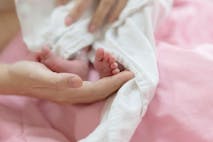
Human Interest
Angeline Tan
·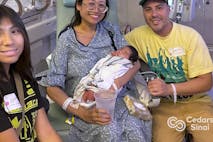
Human Interest
Bridget Sielicki
·
Human Interest
Nancy Flanders
·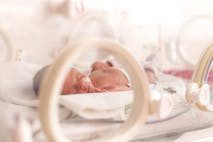
Human Interest
Nancy Flanders
·
Human Interest
Nancy Flanders
·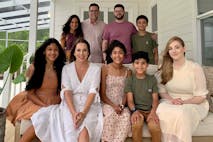
Human Interest
Lisa Bast
·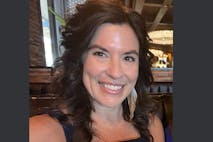
Human Interest
Lisa Bast
·
Human Interest
Lisa Bast
·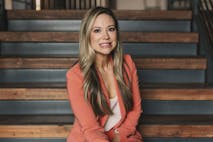
Human Interest
Lisa Bast
·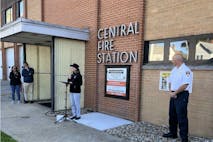
Lisa Bast
·